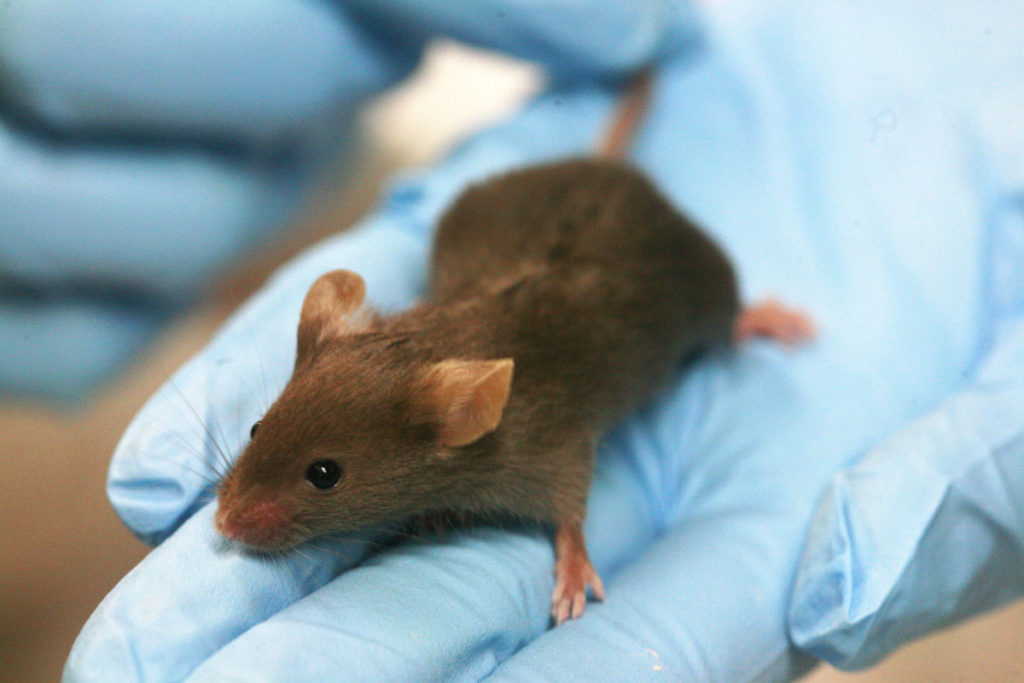When the NASA Space Shuttle was flying, it carried a variety of scientific equipment for running experiments. One of these devices was an enclosure for mice and rats. This equipment was used to test the effects of extremely low gravity on living creatures. The results of these studies are crucial so we can understand how space travel or extended stays on other planets may affect astronauts.

Image Credit: Eric Moyer, Blue Marble Space
In July 2011, the NASA Space Shuttle was retired. Since then, some of the equipment and experiments that were built for the shuttle are having to be re-purposed. A recent major innovation has been the adaptation of a 20-day rodent enclosure, basically a high tech cage, to support the mice for an additional 15 days. This change was made by only slightly changing the feeding system. The extension to 35 days of operation is important because now this equipment can be used for flying rodents to the International Space Station!
This testing of the equipment modification was done by Eric Moyer of the Blue Marble Space Young Scientist Program and colleagues at the NASA Ames Research Center. They used the old cages from the Space Shuttle days, made necessary changes, and ensured that these new enclosures could keep the animals comfortable and healthy. The things to look for in animal health was to check that there was enough air for the rodents to breath on their longer trip, and enough clean food and water to sustain all the mice and rats. It was also critical that the smell was completely confined, as to not bother the astronauts already living on the International Space Station, and to ensure that the mice were completely confined as well.
So far, only experiments for the new cages have been run on the ground on Earth. One way that scientists measure the health of rodents is to determine how much their internal organs weigh compared to their body size. The effects that were found from this ground testing with the new hardware saw rodents that had slightly different organ weights when compared the similar mice and rats that were held in normal cage and food conditions. However, despite the slightly different organ weights, all of the blood work done on the mice after their stay in the new enclosure came back entirely normal.
This is great news for scientists! This technology will be used for sending these rodents to the International Space Station for extended periods of time which should give useful information about the effects of space travel on living creatures. For example, this work can be used to estimate how fast bones lose density and how muscles weaken in humans when they travel in space for long periods of time, and because of the equipment reuse, it can happen at a much lower cost.


